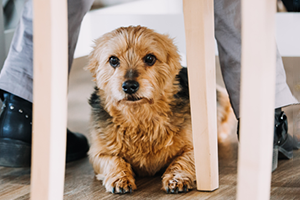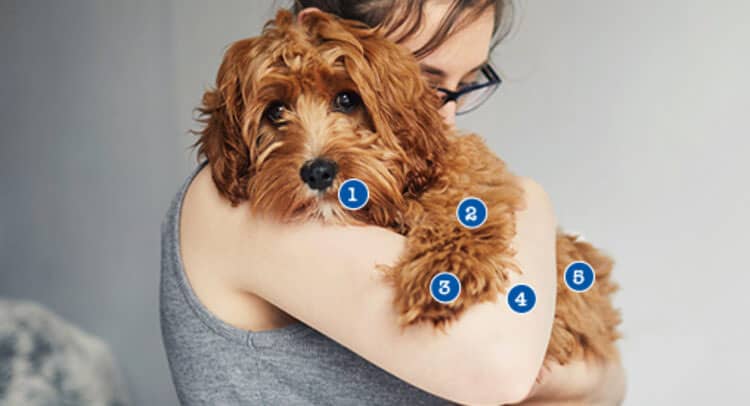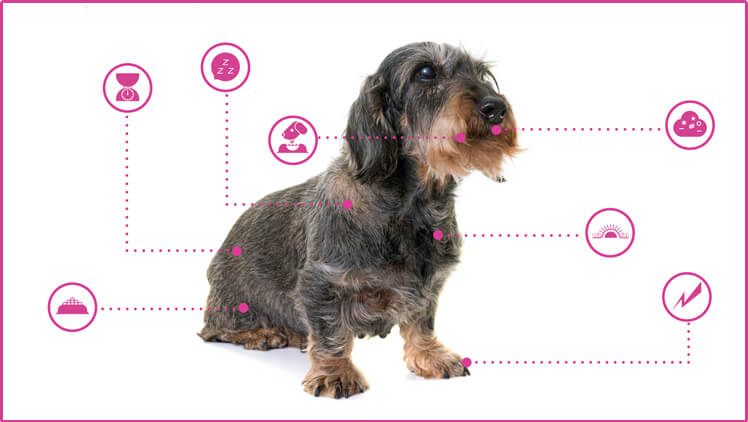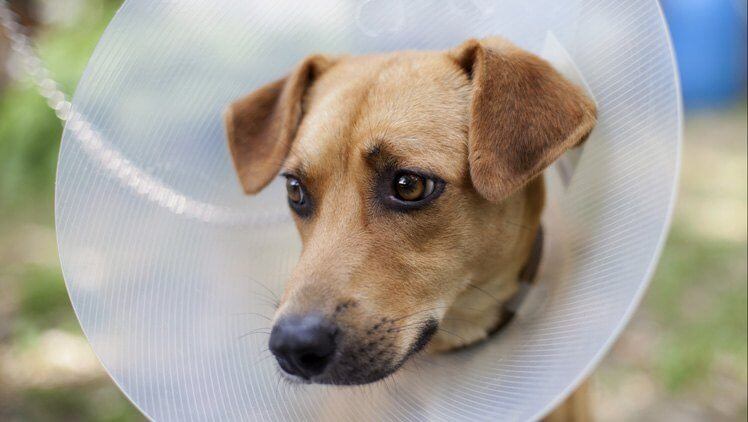As a dog owner, it’s important to stay on top of your pet’s health. One way to do this is by performing a regular dog health check at home. Think of it as a ‘dog MOT’ – an opportunity to check your pet from nose to tail and spot any issues early on.
By getting to know what’s normal for your dog, you’ll be better equipped to notice when something’s off, helping you catch potential problems early.
As we explore below, a little time spent checking their eyes, ears, skin, mouth, legs and tail can make all the difference to your dog’s health and wellbeing.







.png)






